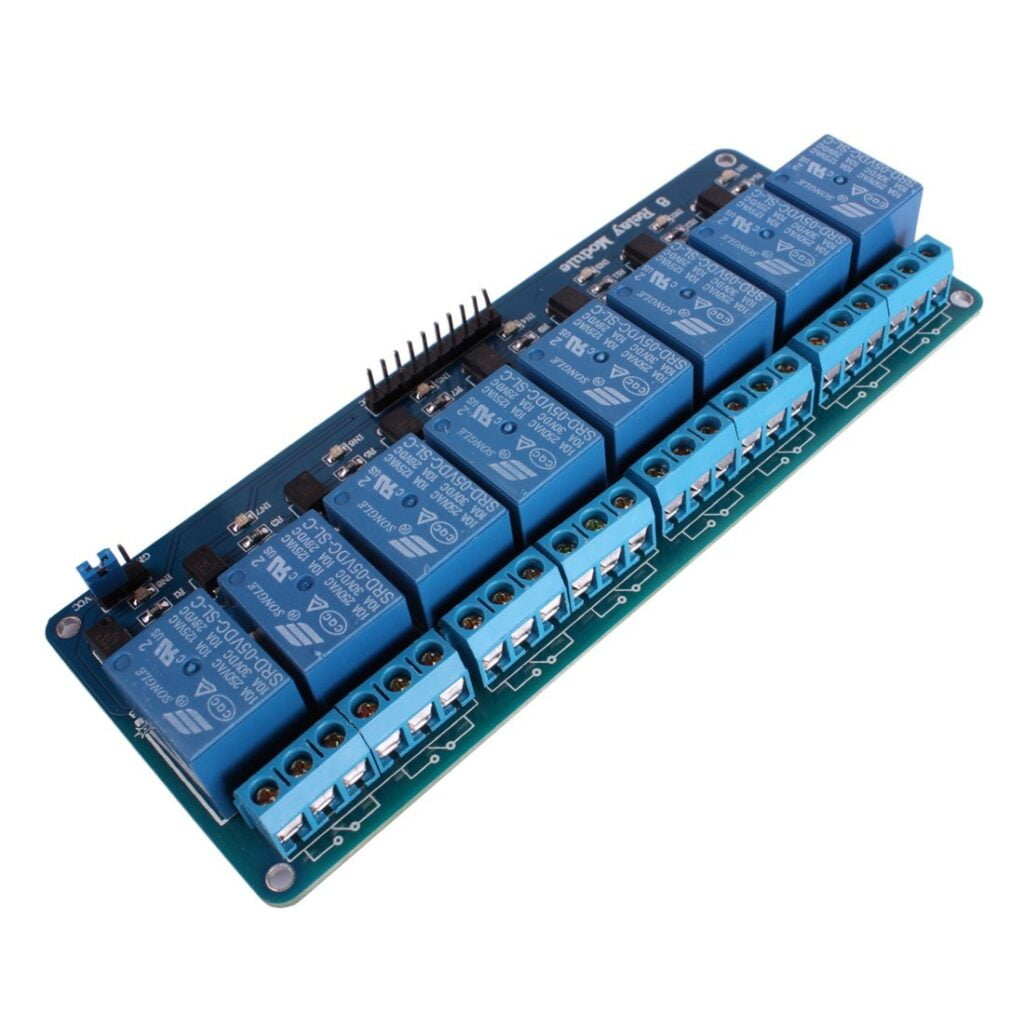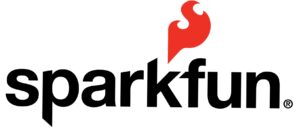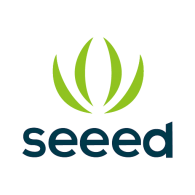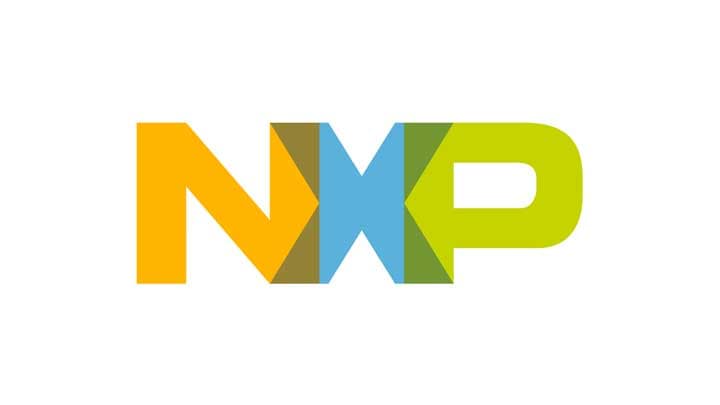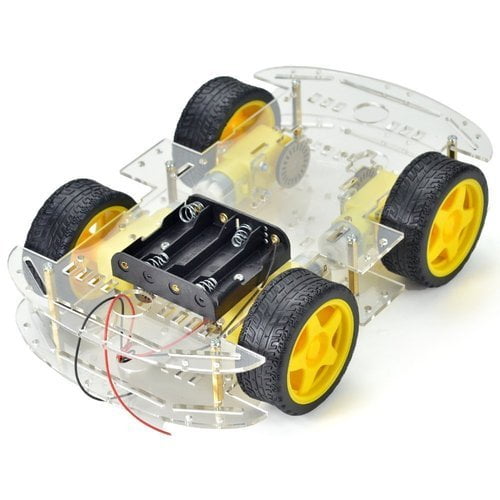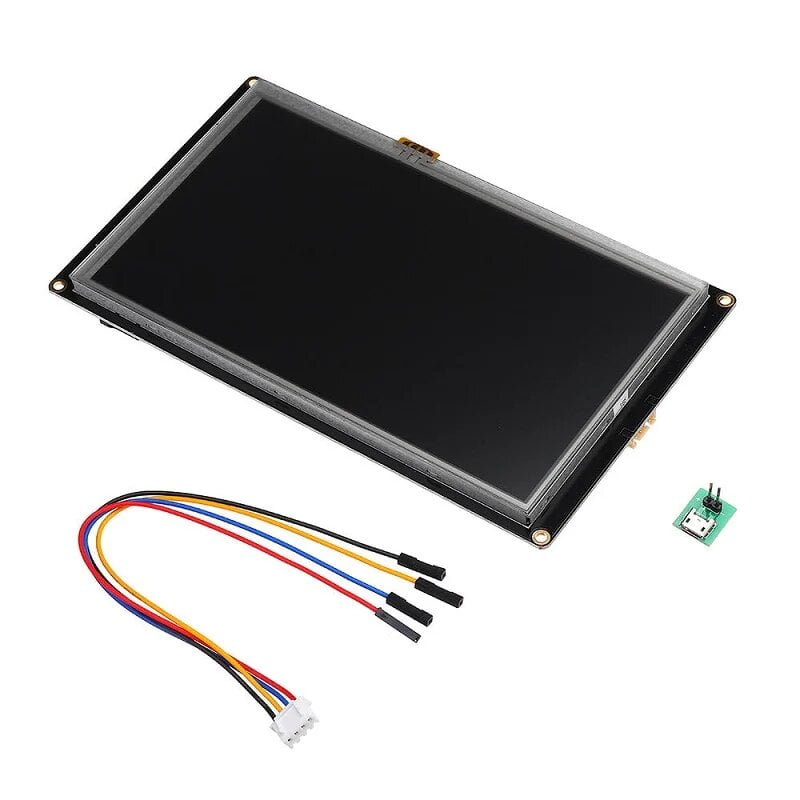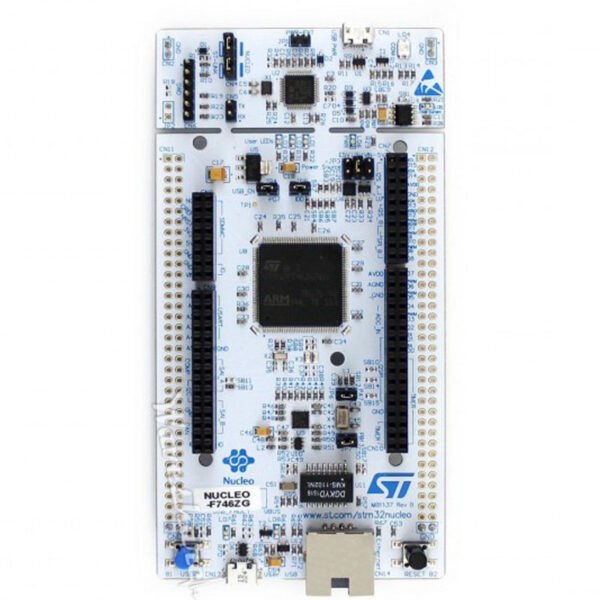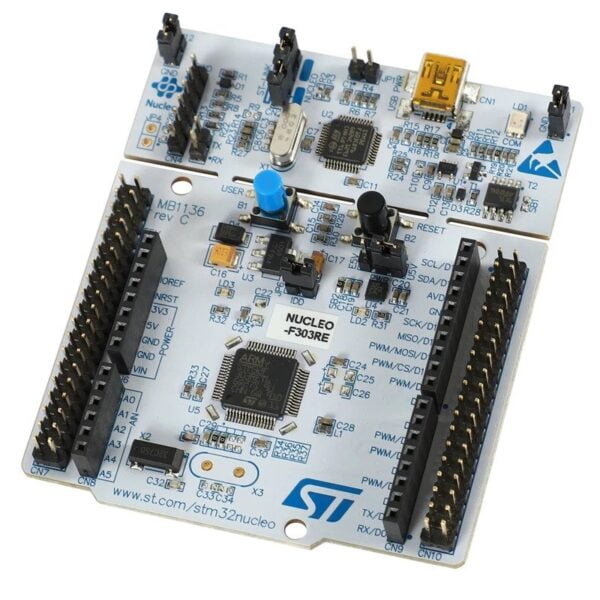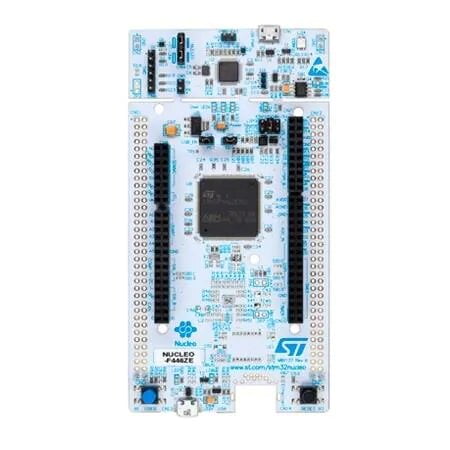The STM32 Nucleo-144 board provides anaffordable and flexible way for users to try outnew concepts and build prototypes with theSTM32 microcontroller, choosing from the variouscombinations of performance, powerconsumption and features.
The ST Zio connector, which is an extension ofArduino™ Uno V3, provides access to moreperipherals and ST morpho headers provide aneasy mean of expanding the functionality of theNucleo open development platform with a widechoice of specialized shields.The STM32 Nucleo-144 board does not requireany separate probe. This board integrates theST-LINK/V2-1 debugger / programmer andcomes with the STM32 comprehensive softwareHAL library, together with various packagedsoftware examples, as well as a direct access tothe ARM® mbed™ online resources athttp://mbed.org.
Features
- STM32 microcontroller in LQFP144 package
- Two types of extension resources:
– ST Zio connector including: support for Arduino™ Uno V3 connectivity (A0 to A5, D0 to D15) and additional signals exposing a wide range of peripherals
– ST morpho extension pin header footprints for full access to all STM32 I/Os
- ARM® mbed Enabled™ (see http://mbed.org)
- On-board ST-LINK/V2-1 debugger/programmer with SWD connector:
– Selection-mode switch to use the kit as a standalone ST-LINK/V2-1
– USB re-enumeration capability. Three different interfaces supported on USB: virtual COM port, mass storage, debug port
- Flexible board power supply:
– 5 V from ST-LINK/V2-1 USB VBUS
– External power sources: 3.3 V and 7 – 12 V on ST Zio or ST morpho connectors, 5 V on ST morpho connector
- USB OTG or full-speed device with Micro-AB connector (depending on STM32 support)
- IEEE-802.3-2002 compliant Ethernet connector (depending on STM32 support)
- Three user LEDs
- Two push-buttons: USER and RESET
- LSE crystal:
– 32.768 KHz crystal oscillator
- Comprehensive free software HAL library including a variety of software examples
- Support of wide choice of Integrated Development Environments (IDEs) including IAR™, Keil®, GCC-based IDEs, ARM® mbed™

